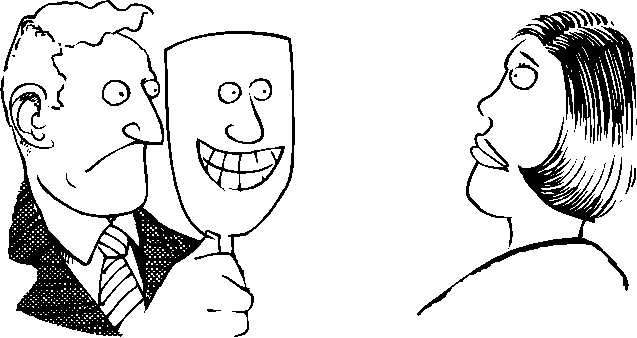Views: 57
Cognitive Behavioral Therapy (CBT) derives from cognitive-behavioral theory. CBT is a highly effective, evidence-based therapy. Therapists have successfully used CBT to treat a variety of mental disorders particularly depressive disorders and anxiety disorders such as Obsessive Compulsive Disorder, and Posttraumatic Stress Disorder (Paris, 2008). However, we will limit our discussion to the application of CBT in the treatment of personality disorders.
CBT techniques emerge from a fundamental premise of cognitive-behavioral theory. Our thoughts (cognitions) lead to our emotions and subsequent behavior.
THOUGHTS > EMOTIONS > BEHAVIOR
Of particular importance for people with personality disorders is the way in which external events in the environment (such as interpersonal interactions with others) are uniquely interpreted and assigned a meaning based upon core beliefs.
Childhood experiences, coupled with an innate, biologically-determined disposition, establish our initial beliefs about the world.
These initial beliefs evolve into fairly stable, core beliefs that shape people’s perceptions and interpretations of subsequent experiences. When these preconceived beliefs are faulty, distorted, or biased, we may end up drawing incorrect, irrational conclusions about the meaning of external events (particularly interpersonal interactions). We may subsequently behave in ways that cause us unnecessary distress and suffering.
CBT is particularly helpful for people with personality disorders because of its emphasis on identifying and changing dysfunctional thinking patterns. In particular, core beliefs underlying those patterns are exposed and challenged. Thus, cognitive-behavioral therapy functions to identify and challenge automatic and faulty interpretations of the environment that are driven by core beliefs.
A person corrects these faulty interpretations of the environment by replacing them with more accurate, rational interpretations. With a more accurate interpretation, new, more accurate core beliefs are formed.
This is because there is a circular causality between people and their environment: The environment has an effect upon me, and I have an effect upon my environment. These new, positive experiences allow the person to update their core beliefs about the world. This in turn enables them to have more positive and affirming experiences and so on. As core beliefs become more rational and less biased, the client’s appraisals of the meaning of events becomes more accurate. This results in emotional and behavioral reactions that are less exaggerated and problematic.
There are several steps to this corrective process.
First, the therapist and participant work together to identify the problematic thinking patterns.. This is accomplished by asking the therapy participant to keep track of troubling events. Participants record their thoughts in response to these events. In other words, the therapy participant records what they say to themselves during these events.
Next, the participant would learn to consider whether there are alternative interpretations of the same event.
The ultimate goal of this process is to interrupt the automatic but distorted thoughts as they occur, while learning to consider alternative, more accurate interpretations of these same events. With practice and gradual success, the recovering person begins to feel better and behave differently.
Because they are behaving differently, people respond to them more favorably. This sets the stage for more accurate core beliefs to form about themselves-in-the-world.
For more information, contact Savannah










